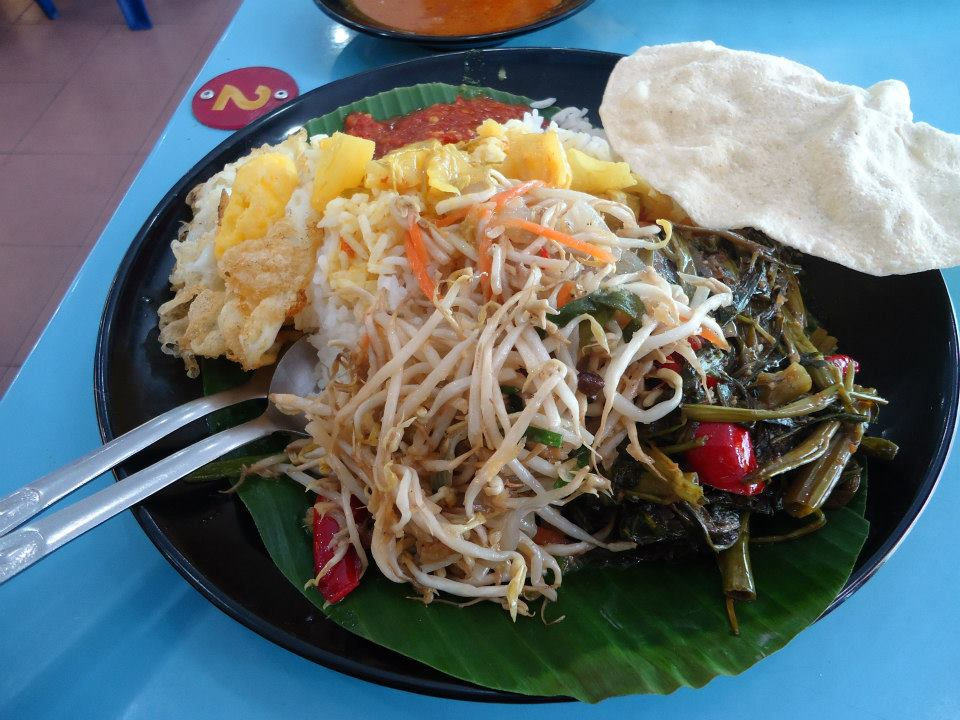Ban Mian
- Matthew P G

- Feb 9, 2023
- 2 min read
Updated: Mar 17, 2023

December 2012
I have some definite favorite soups: American tomato (with water not milk), miso ramen, phở bò, and ban mian.
Ban mian is a popular Chinese noodle dish, consisting of handmade noodles served in soup. Other types of handmade noodles include you mian (similar dough texture and taste, but thinner round noodles), or mee hoon kueh (flat and thin rectangular pieces). The name ban mian (board/block noodle) came from the Hakka method of cutting the noodle into straight strands using a wooden block as ruler.
(Wikipedia)
Even in stifling hot Singapore a nice bowl of steaming ban mian could certainly hit the spot. I assumed the stock was normally pork, but some halal places must have used chicken or beef. The little bits of garnish on the soup that varied from place to place were some of the best parts of the dish. I particularly loved dried anchovies with some green leafy veg. The noodles were always freshly made, never dried. If ever there was a comfort soup from China, it would have to be ban mian.
Ban mian was on my rotation of lunch foods whenever I was in Singapore. Although I was tempted to eat Nasi Padang [see: Nasi Padang] daily because it reminded me of Indonesian food, I was careful not to burn myself out on my favorite dish. Ban Mian broke up the Southeast Asian flavors nicely for me. Even if the soup were strongly associated with the Overseas Chinese community in Singapore, Malaysia, and Indonesia who loved fusion cuisine, it retained its Chinese roots and tasted like it.
The soup is made in three stages: the fresh noodles are flash boiled, they are added to the stock, and finally, little bits of yumminess are thrown on top. In some places, customers can choose their toppings. Other places, customers even spoon on the toppings by themselves. In yet others, the dish is handed over fait accompli with the exception of the question "fish or not?" (maybe due to fish allergies?). Maybe the fact that, like Nasi Padang, the soup varied from place to place was what kept it interesting. Certainly some places had lackluster ban mian, but then again it is hard to mess up noodles in stock. I don't think I ever had "bad" ban mian, but I most certainly had excellent ones. One of the reasons I liked it was because it was hard to make it poorly (compared to other Singaporean dishes that could be extremely disappointing depending on where they were ordered, e.g., Char kway teow).
Some countries I have lived in were "soupless" - Saudi Arabia was not a big soup country, for example. Others were noodle-less, like Bangladesh. I miss ban mian as my regular comfort soup go to. People often ask me if I miss alcohol in some places where it is not available, but actually it is more often food types that I miss. I would take a nice soup or a noodle dish over a glass of wine most days...

Comments